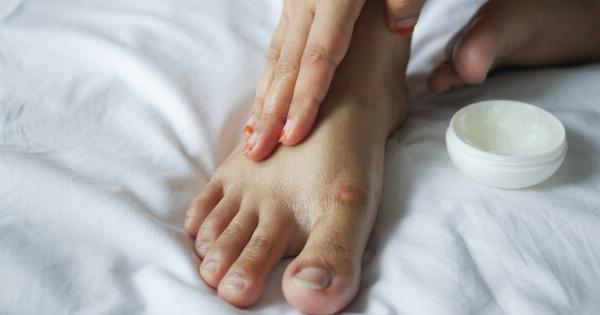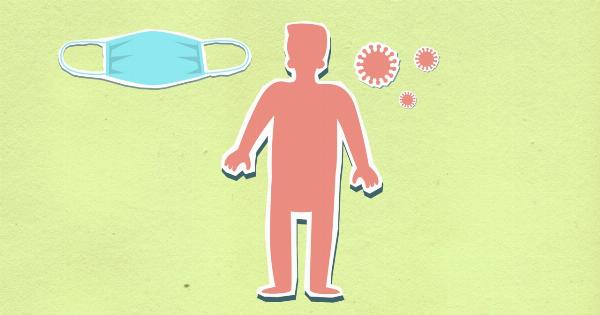Matrix polyp is a common condition that can affect the fingernails and toenails of people of all ages, but particularly in older adults. It is also known as onychomycosis.
What causes matrix polyp?
The most common causes of matrix polyp are fungal infections or trauma to the nails.
Fungal infections occur when the nails come into contact with fungi, such as those found in polluted environments or from direct contact with infected persons or animals.
Trauma to the nails can cause matrix polyp by damaging the nail bed or matrix. This can lead to the growth of abnormal tissues, which can include nail bed tumors or granulation tissues.
What are the symptoms of matrix polyp?
Matrix polyp can present with a wide range of symptoms, including:.
- Discoloration of the nail
- Thickening of the nail
- Nail separation from the nail bed
- Collections of pus or debris under the nail
- Brittle nails that break easily
- Changes in shape or texture of the nail
Management and prevention of matrix polyp
1. Keep your nails dry and clean
Keeping your nails clean and dry can prevent the growth of fungi that cause nail infections. Use an antifungal soap and dry your feet and hands completely after washing. Make sure to dry the spaces between your toes or fingers.
2. Wear proper footwear
Wearing shoes and socks made of breathable materials such as cotton or leather can help prevent fungal infections. Avoid wearing damp shoes or boots for extended periods of time. Also, changing your socks frequently can help keep your feet dry.
3. Avoid sharing personal items
Sharing personal items, such as nail clippers, towels, or shoes, can spread fungi and other infections. Always use your own personal items to reduce the risk of spreading the infection to others.
4. Manage underlying conditions
Underlying health conditions, such as diabetes, can contribute to the risk of nail infections. Proper management of underlying conditions can help reduce the risk of developing matrix polyp.
5. Seek treatment when necessary
If you suspect that you have a nail infection, seek treatment from a healthcare provider. Early treatment can help prevent the spread of the infection to other nails and to others.
You may also consider consulting a podiatrist or dermatologist for specialized care.
6. Take medications properly
Antifungal medications are commonly used to treat nail infections. It is important to take these medications as prescribed by your healthcare provider. Proper treatment can help clear up the infection and prevent it from recurring.
7. Address nail trauma
If you experience nail trauma, seek medical care immediately. This can help prevent the development of matrix polyp or other complications.
8. Practice good hygiene
Practicing good personal hygiene can help prevent the spread of fungi and other infections. Wash your hands frequently and avoid touching your nails or biting your nails. Also, avoid placing your hands or feet in dirty or contaminated environments.
9. Maintain a healthy diet
A healthy diet can help boost your immune system and reduce the risk of nail infections. Eat a balanced diet with plenty of fruits, vegetables, and whole grains.
10. Regularly inspect your nails
Inspecting your nails regularly can help you detect nail infections early on. This can help prevent the infection from spreading to other nails or to others.
Conclusion
Matrix polyp is a common condition that can affect the fingernails and toenails of people of all ages. The condition can cause a wide range of symptoms, including discoloration of the nail, thickening of the nail, and nail separation from the nail bed.
However, matrix polyp can be prevented and treated by following good hygiene practices, addressing underlying health conditions, wearing breathable footwear, and seeking medical care when necessary.





























